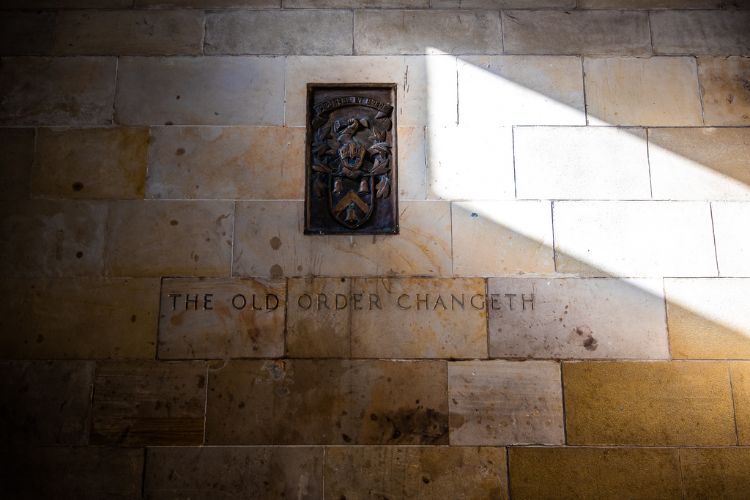History

Madras College was founded in 1832 by Rev Dr Andrew Bell. Born in St Andrews in 1753, the son of a local magistrate and wig-maker, Dr Bell studied at the University where he distinguished himself in mathematics.
He became a Church of England clergyman and took up an appointment as chaplain to the regiments of the East India Company in Madras. One of his duties was to educate the soldiers’ children. Because there was a shortage of teachers, he used the older boys, who had been taught the lesson by the master, to instruct groups of younger pupils. The pupils who assisted the teacher were called ‘monitors’. This method of education became widely used in schools at home and abroad.
After his return from India, Dr Bell made it his life’s work to travel the country and encourage schools to adopt ‘the Madras system’, as it had come to be known. By the time of his death in 1832, more than 10,000 schools were using his methods.
To make sure that his educational ideas would be preserved for the future, Dr Bell made arrangements for the fortune his success had brought him to be used to found a school in his native town of St Andrews. By selling some land he owned he was also able to give money to the neighbouring town of Cupar so that, in the end, he founded two schools: one is the present Bell Baxter High School in Cupar, which was originally called Madras Academy; the other was Madras College in St Andrews.
Until its move to the new site at Langlands, the senior part of the school was located on the original site in South Street. In the 1950s and 1960s other, more modern, buildings were added to the rear of the building, behind the impressive 1833 quadrangle.
Madras College was the result of the amalgamation of two St Andrews schools. The first took place in 1833 when the old Grammar School was joined with the ‘English’ school to form the original Madras College. The Grammar School stood on the grounds between Blackfriars’ Church and Lade Braes Lane: the ‘English’ school was on the grounds behind the Church of Holy Trinity.
The school building in South Street served as a secondary school for St Andrews and beyond until 1889 when the Burgh School in Abbey Walk was erected by the School Board. From then on, the two schools existed side by side in the town. The Burgh School was the junior secondary, and Madras College was the senior secondary until 1963 when it was decided that all secondary schools should become comprehensive, after which the Burgh School and Madras College were joined to form the present Madras College.
In 1962 it was decided to rehouse the old Burgh School in the Kilrymont area on the south side of the town. The new Madras College building in Kilrymont Road, which opened in 1967 to S1, S2 and S3 pupils, was seen as a fine modern building with adjacent playing fields. The Kilrymont site, called ‘College Park’, is now owned by private developers with plans for housing and other use.